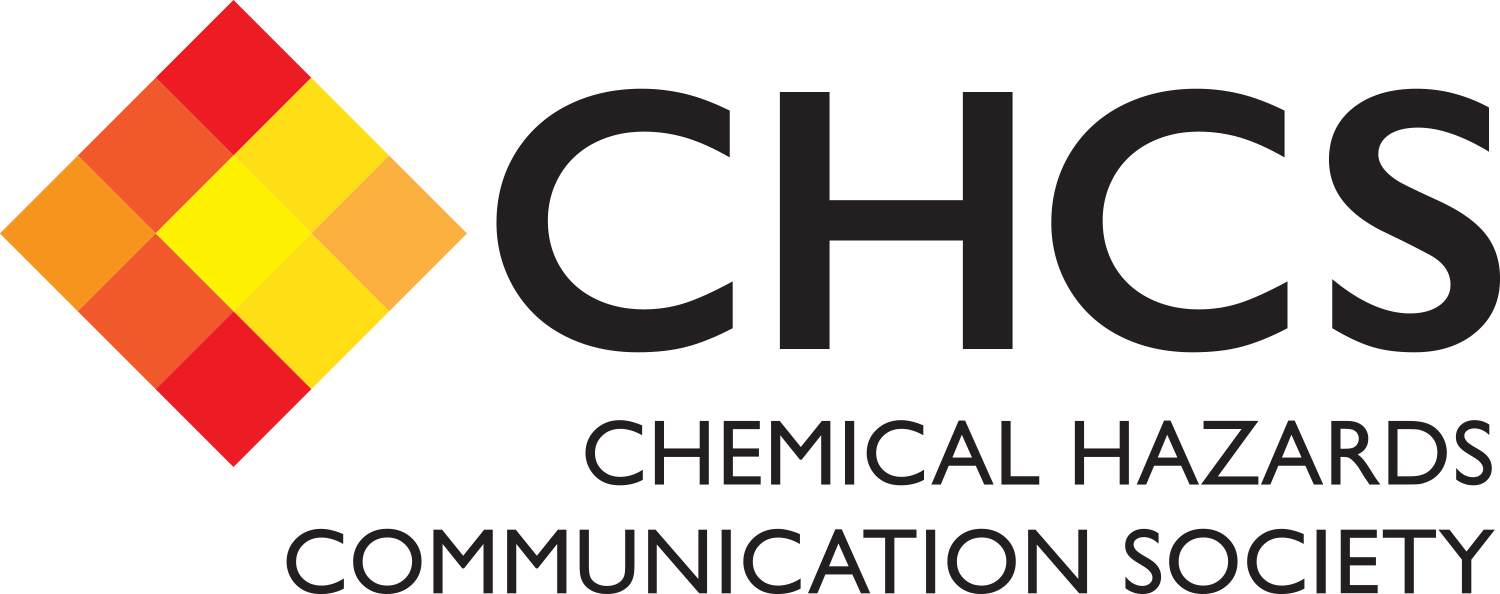Safety Data Sheet Training
MODULE 10 – TRANSPORT LABELLING AND DOCUMENTATION
[ Download / Print Version - PDF ]
Following on from the dangerous goods classification and identification covered in Module 8, Module 10 shows how this is used to communicate the basic hazard information and potential risks by means of transport labels and documentation, and the safety data sheet.
The module examines the marks and labels required for the transportation of general chemical classes of dangerous goods in packages by road and sea, together with associated documentation such as Dangerous Goods Notes and Instructions in Writing. The module will address the requirements of ADR 2017, the GB Carriage of Dangerous Goods and Use of Transportable Pressure Equipment Regulations 2009 (as amended), as well as the IMDG Code 2016.
Who should attend?
This module is aimed at those who have responsibility for assigning transport marks and labels, and compiling transport documentation for dangerous goods by road and sea, and also those completing section 14 of the safety data sheet. As well as providing function specific training for those new to the role, it also provides refresher training, as required by the regulations, for existing practitioners. With the regulations being revised every two years, this presentation of Module 10 will give an update of the changes new in ADR 2017 and the IMDG Code 2016, as well an indication of issues being addressed for inclusion in future revisions to the regulations.
Attendance of the module will also be of benefit to those who are involved generally in the transport of dangerous goods, and emergency response personnel.
Benefits of attending
The high proportion of prohibition notices issued for violations of the provisions for transport documentation reflects their importance and the seriousness with which such infringements are viewed by the enforcement authorities. The marks, labels and transport document are used to communicate essential information to enable decisions to be made regarding safe loading and stowage as well as in the event of an accident or incident. Attendance on this series of modules will ensure that your SDSs, marks and/or labels, and transport documents meet the increasing expectations of both your customers and the regulators. The Module also provides an overview of relaxations to the transport regulations that can make life easier for consignors, and the marks, labels and documentation required for these. To ensure the most effective training with optimum involvement in participative exercises, there will be a limit of 14 on the number of students.
IOSH members are entitled to include this module in their continuing professional development records.
Comments from previous delegates on this training module
‘’Exceeded expectations. Very interesting and informative’’
‘’Excellent, well detailed, well explained presentation. Very good course material’’
‘’Clear, comprehensive’’
‘’Very informative. Was good to do after Module 8’’
‘’The exercises were a really good way of making sure you understood’’
“Helped to familiarise me with ADR.”
“Enjoyable content. Knowledgeable and experienced trainers.”
What you will learn
The module provides function specific training for those involved in the marking, labelling and documentation of dangerous goods for carriage by road and sea, and the preparation of safety data sheets. It includes an understanding of:
- Legislative requirements.
- Use of classification data in marking and labelling packages.
- Information to be given in safety data sheet Section 14.
- The Dangerous Goods Note:
-
- Information requirements (including wastes and empty packaging);
- Differences between road and sea; the packing certificate for sea.
- Instructions in Writing – road.
- An understanding of relaxations to the regulations, and the requirements for marks, labels and documentation for these:
-
- Transport of dangerous goods in Limited Quantities;
- Transport of dangerous goods in Excepted Quantities;
- The low load relaxation of ADR 1.1.3.6
- Future changes to the transport regulations
PLEASE NOTE:
- Attendees should have a working knowledge of the classification of dangerous goods, or have attended Module 8: Classification for transport
- This module does not cover vehicle marking and placarding
- CHCS SDS Training Modules are NOT approved by, nor designed to fulfil, the training requirements of the CAA for the transport of dangerous goods by air.
- The provisions for Classes 1 and 7 are not covered in detail.
Delegates will need to bring on the day:
- European Agreement Concerning the International Carriage of Dangerous Goods by Road (ADR) 2017 edition (experience has shown that delegates may find the hard copy easier to use for the exercises than the pdfs).
EU Brexit
Little change is expected following the exit of the UK from the EU: As the UK is an independent Contracting Party to ADR these regulations will continue to apply to international consignments post-Brexit. The UK has also independently ratified the relevant IMO conventions covered by the IMDG Code which are not currently addressed by the EU.
Module Tutor
This module will be presented by Sara Wilson of Seil Synergies Ltd. Sara has over twenty five years’ experience in chemical regulations and is a practicing DGSA. She was head of the regulatory department for the UK division of a multinational chemical company before setting up her own business working as an independent consultant.
Your attention is drawn to the conditions below:
Delegates can be substituted at any time, subject to payment of membership fee if applicable. However, once booked, the full fee is payable. As this is a limited space training event refunds can only be made if CHCS is notified in advance, and is able to successfully re-offer the place to another delegate.
CHCS reserves the right to alter or cancel the programme due to circumstances beyond our control. If CHCS cancels, then refunds will be made.



